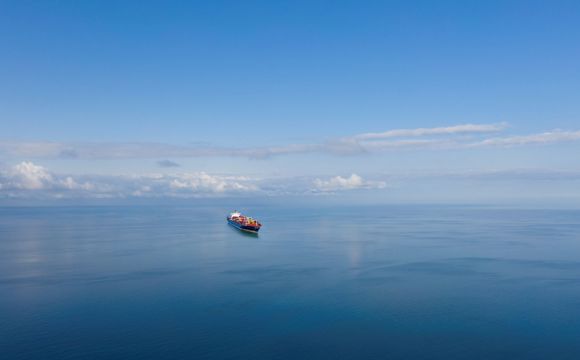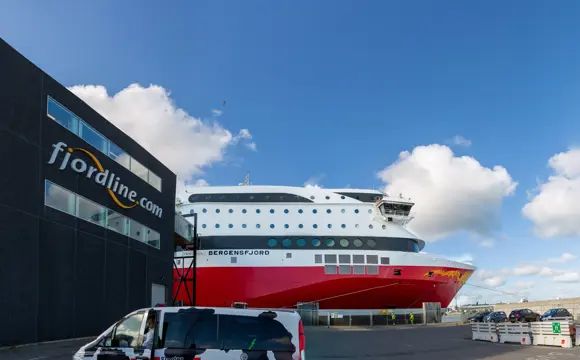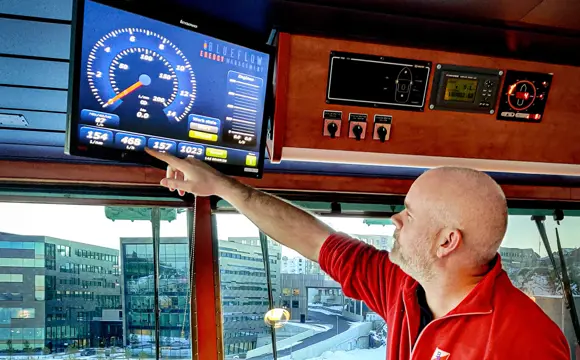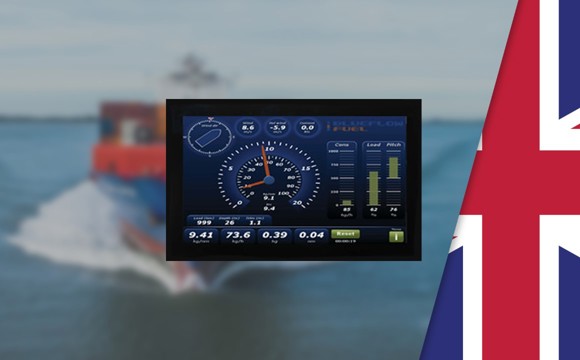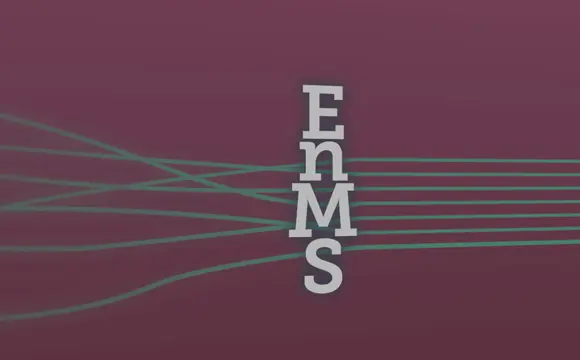Whitepaper save fuel and energy NOW
With capacity-dependent priority swapping, you can optimise the operation of gensets of varying sizes that operate best at comparable percentile loads. By adding a frequency drive to cooling system pumps, you could save thousands of dollars on fuel every year. And with shipboard energy management systems to advise the crew on operating conditions, fuel consumption could be reduced by 10% – or even more.
The technologies needed to save energy and fuel on vessels of all types and sizes are already available; it only requires the decision to start using them in order to reduce OPEX and emissions – without sacrificing operational safety and efficiency. A recent whitepaper from DEIF describes some of the most promising of these technologies, providing examples of what you can do to reduce energy and fuel consumption on your ship.
A three-step process
The process can be divided into three steps: optimising onboard power generation, optimising onboard power consumption, and optimising crew behaviour:
1. With well-maintained generation equipment, a carefully selected load sharing strategy, and load profiles that match the vessel’s actual operation, you can save fuel while still delivering the power and performance needed for propulsion and onboard consumers.
2. Onboard power consumption can very often be reduced by replacing light bulbs or other equipment with more energy-efficient alternatives, or by fitting frequency drives on equipment such as pumps, fans, and compressors that consume large amounts of energy but may not always need to run at full power.
3. Real-time condition data, analysed and presented using an energy management system (EMS), can be used by the crew to optimise manoeuvres in order to save fuel. For example, they can adjust the course to save fuel in difficult current or wind conditions, or reduce engine power in shallow waters to reduce the vessel squat effect.
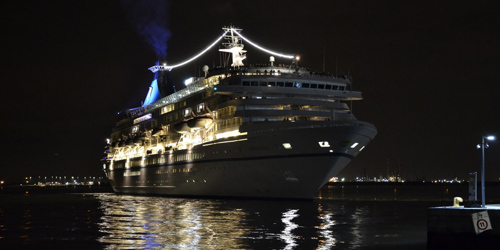
Replacing one 60 W light bulb with a 6 W LED lamp in itself does not amount to much. But what if you’re dealing with a cruise ship with 9,000 light bulbs? Get more details in our FREE whitepaper!
Reducing the biggest cost item
Fuel is the single biggest operating cost item for shipowners, often amounting to approximately 50% of the total OPEX. There is thus every reason to attempt to reduce this cost item; for vessels that run on fossil fuel, reducing fuel consumption is also a good way of reducing emissions and complying with tightening regulations. The technology is available, and the savings can often make the retrofit operation worthwhile.
Get more details, and find inspiration to get started on your energy management voyage, by downloading our FREE whitepaper.
Download our FREE whitepaper on managing energy and saving fuel
Read more about DEIF energy management solutions
See how Norwegian ferry operator Fjord Line reduced fuel consumption using the Blueflow EMS





